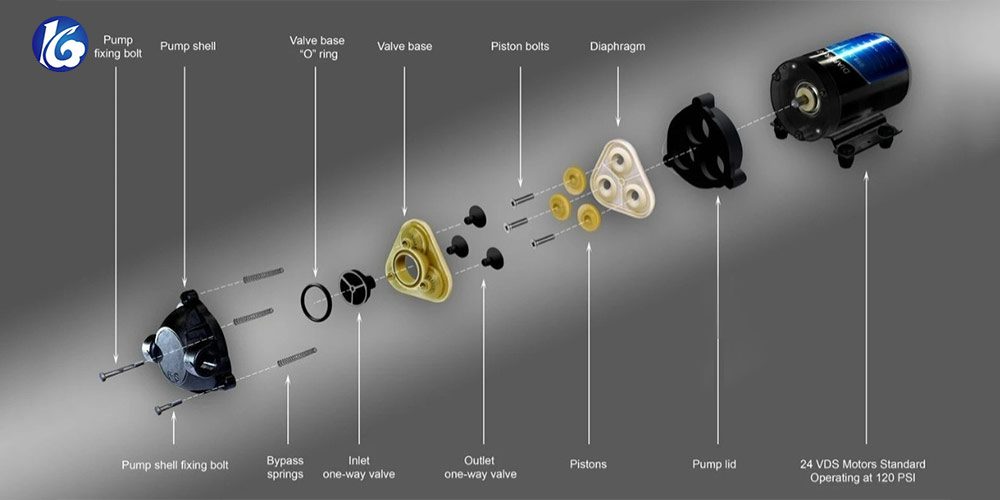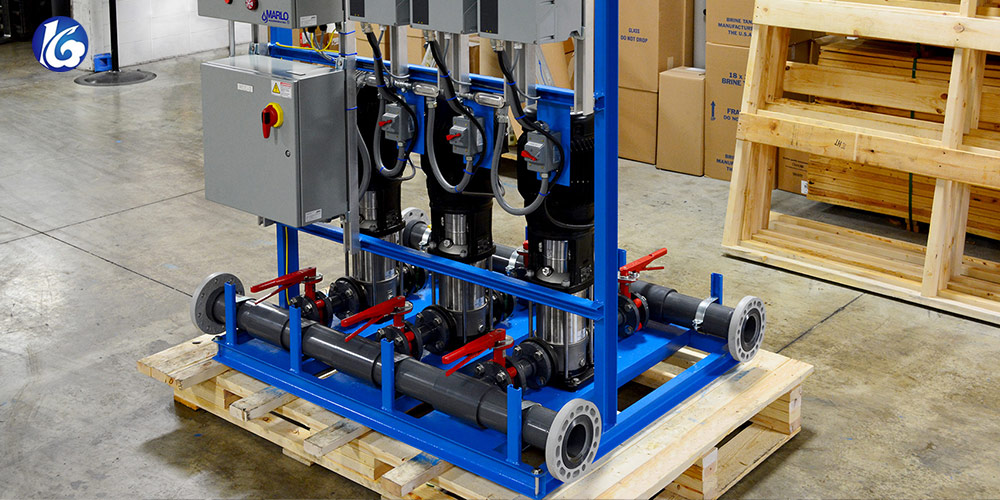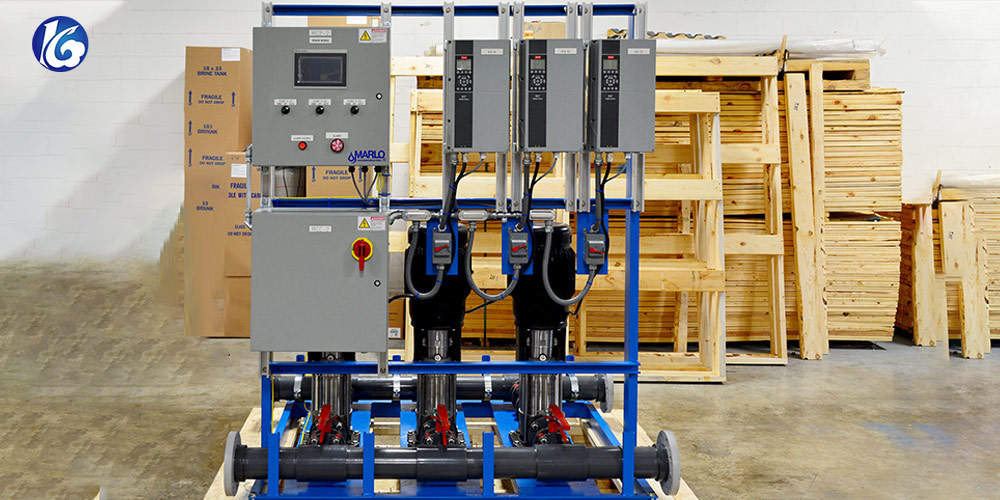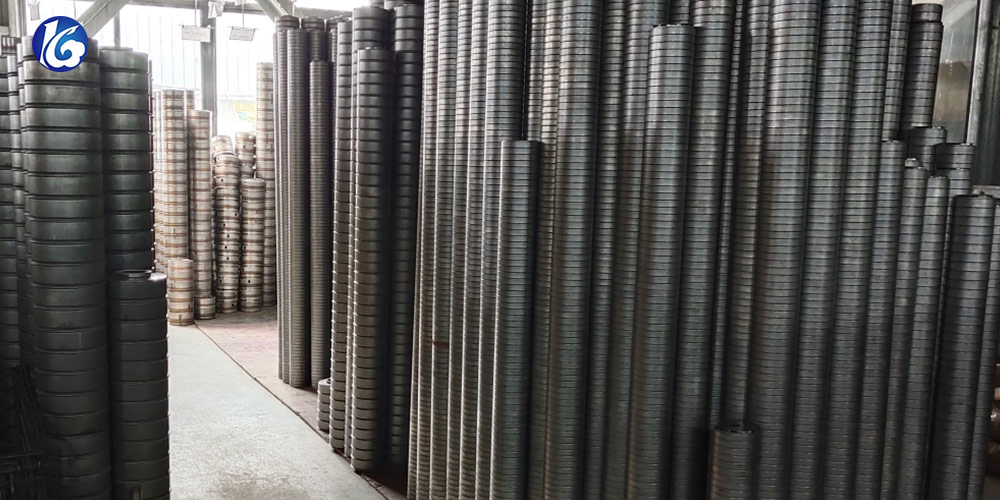

Ro pumps are a type of water pump commonly used in many homes and buildings. They provide a steady stream of clean water, ensuring that your home or business has access to safe and reliable drinking water. Ro pumps are known for their durability, low maintenance, and energy efficiency. With proper maintenance, they can last up to 10 years or more.
When shopping for Ro pumps, it is important to consider factors such as the size of the pump, the power consumption, and the pumping capacity. The size of the pump should be based on the amount of water needed to be pumped and the pressure at which it needs to be delivered. The power consumption rating should also be considered when selecting a Ro pump. It is important to note that some models require more power than others. Finally, the pumping capacity should match the amount of water needed to be delivered over a period of time.
Overall, Ro pumps are a great option for providing clean drinking water in homes and businesses. With proper maintenance, they can last for many years and provide reliable performance. When shopping for a Ro pump, it is important to consider all factors such as size, power consumption, and pumping capacity in order to make an informed decision.

Ro pumps are an essential part of the reverse osmosis (RO) filtration process, and are responsible for providing the pressure needed to push water through the membrane and filter out contaminants. In order to understand how RO pumps work, it is important to first understand the basics of reverse osmosis.
Reverse osmosis works by using a semi-permeable membrane to filter out contaminants and pollutants from water. The membrane blocks particles like bacteria, viruses, and other impurities larger than 0.0001 microns in size, allowing only clean water molecules to pass through. This clean water is then collected in a storage tank for later use.
In order for the process to work effectively, the pressure of the feedwater must be greater than the pressure on the other side of the membrane. This pressure is provided by a special type of pump known as a reverse osmosis pump. Ro pumps are typically powered electrically, and use an impeller to draw in water from one side of the membrane and push it out on the other side with force. This force helps push contaminants away from the membrane and into a waste container, while allowing clean water molecules to pass through it.
The use of RO pumps, or Reverse Osmosis pumps, is becoming increasingly popular in many industries. RO pumps are used to transfer liquids and gases from one place to another. Their ability to move both liquids and gases at high pressure and over long distances makes them a valuable tool in many industries.
In the agricultural industry, RO pumps are used to irrigate crops with clean water. This ensures that crops are receiving the nutrients they need for healthy growth. In addition, the use of RO pumps helps reduce water waste by ensuring that water is delivered precisely where it is needed.

RO pumps can also be used in fish farming operations to provide clean water for the fish. The use of RO pumps helps to keep the fish healthy and improve their quality of life.
In manufacturing, RO pumps can be used to transfer materials from one place to another with high pressure and accuracy. This makes them ideal for applications such as chemical processes and food production.
RO pumps are also widely used in the medical field, where they are used to take blood samples or deliver medication directly into a patient’s bloodstream with great accuracy and precision.
Ro pumps are essential for many water-related tasks. They are used to provide a reliable source of clean water, and are used in many industries, from agricultural irrigation to reverse osmosis water treatment systems. Ro pumps have a number of main functions that help them to be so effective.
Firstly, Ro pumps create pressure to push the liquid through the system. They use hydraulic energy to do this, drawing on the power of pressurized reservoirs and tanks. This pressure is necessary for efficient water flow and filtration.
Secondly, Ro pumps also act as an effective filter for contaminants. They help to remove particles and chemicals that can be harmful when ingested or used in other applications. Through the use of several filters and membranes, they can filter out particles down to 0.0001 microns in size, allowing only clean water to pass through.
Finally, Ro pumps are designed with efficiency in mind. By using high-quality components and advanced engineering techniques, they can deliver a steady flow of clean water with minimal energy expenditure. This makes them ideal for applications where energy conservation is important.
1. Ro Pumps are highly efficient and require minimal energy to operate. This makes them an ideal solution for areas with limited power supply.
2. Because they have no moving parts, they require very little maintenance and can last for many years with proper care.
3. Ro Pumps are also capable of pumping water from great depths, making them suitable for locations where groundwater is not easily accessible.
4. They can also be used in areas where the water is not potable, as they are capable of filtering out impurities before it is released into the system.

The market price of RO pumps varies depending on their features and quality. The most common type of RO pump is the submersible pump, which is used in many residential properties to purify water. These pumps are generally more expensive than other types, ranging from $200 to $500. Higher-end models can cost up to $2,000 or even higher.
For those looking for a more economical option, non-submersible pumps are available at lower prices. These can range from $50 to $300, depending on their features and quality.
Zhejiang Shoufei Pump Industry Co., Ltd.is a domestic professional stainless steel multi-stage centrifugal pump manufacturer integrating scientific research, manufacturing and sales. Since its establishment, the company has taken "integrity and innovation" as the company's development goals, and has provided customers with professional and fast first-class services for the purpose. The company has established a sound marketing network, and now the products have been widely used in a wide range of areas.


Address : No. 2, Xiayang Industrial Zone, Deqing County, Huzhou City, Zhejiang Province, China.
Email : sales@shoufeipump.com Mobile: +86-136-6574-2262 Phone: 86-0572-8355383